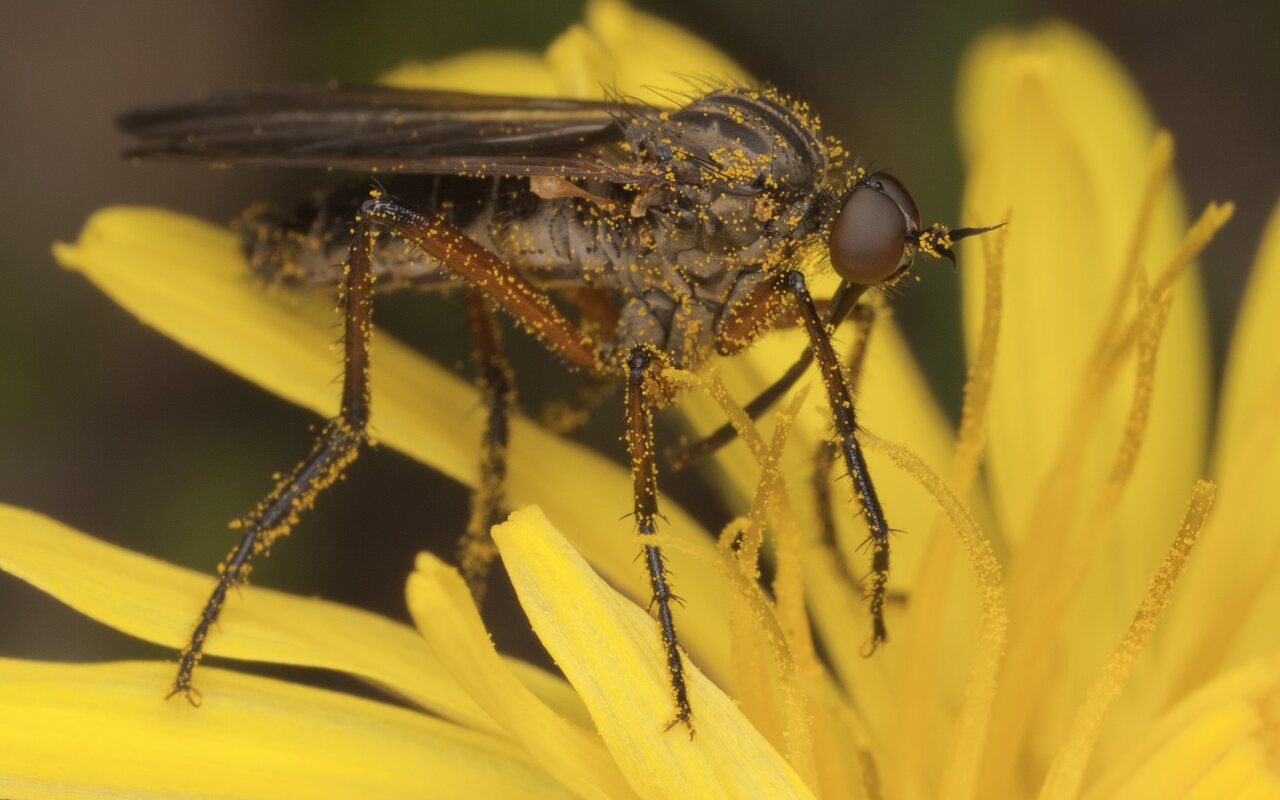
Empis opaca · snapmusė
- Dark-kneed Empis
- zilvervlekdansvlieg
- wójek darownik
- flickr.com/photos/63075200@N07/albums/72177720316051260
- naturespot.org/species/empis-opaca
- gbif.org/species/1583061
It is found in most of Europe, except the Balkan Peninsula and the Iberian Peninsula. Flight period with a May peak. Adults visit flowerw such as umbellifers and buttercups. Only males are predatory and typically use bibionids as the nuptual prey, though they have even been recorded using other flies and even males of their own species. The biology does not seem to be known but the larvae probably develop in soil.
A fairly large dance fly (body length to 10 mm) resembling the red-legged form of E. tessellata or E. livida but with four rather than three dark stripes on the top of the thorax thorax, these stripes being located between (as opposed to upon) the main bristle rows. The legs are orange with dark tarsi and conspicuously black tips to the femora.
‥
0 comments
Add a comment
Comments